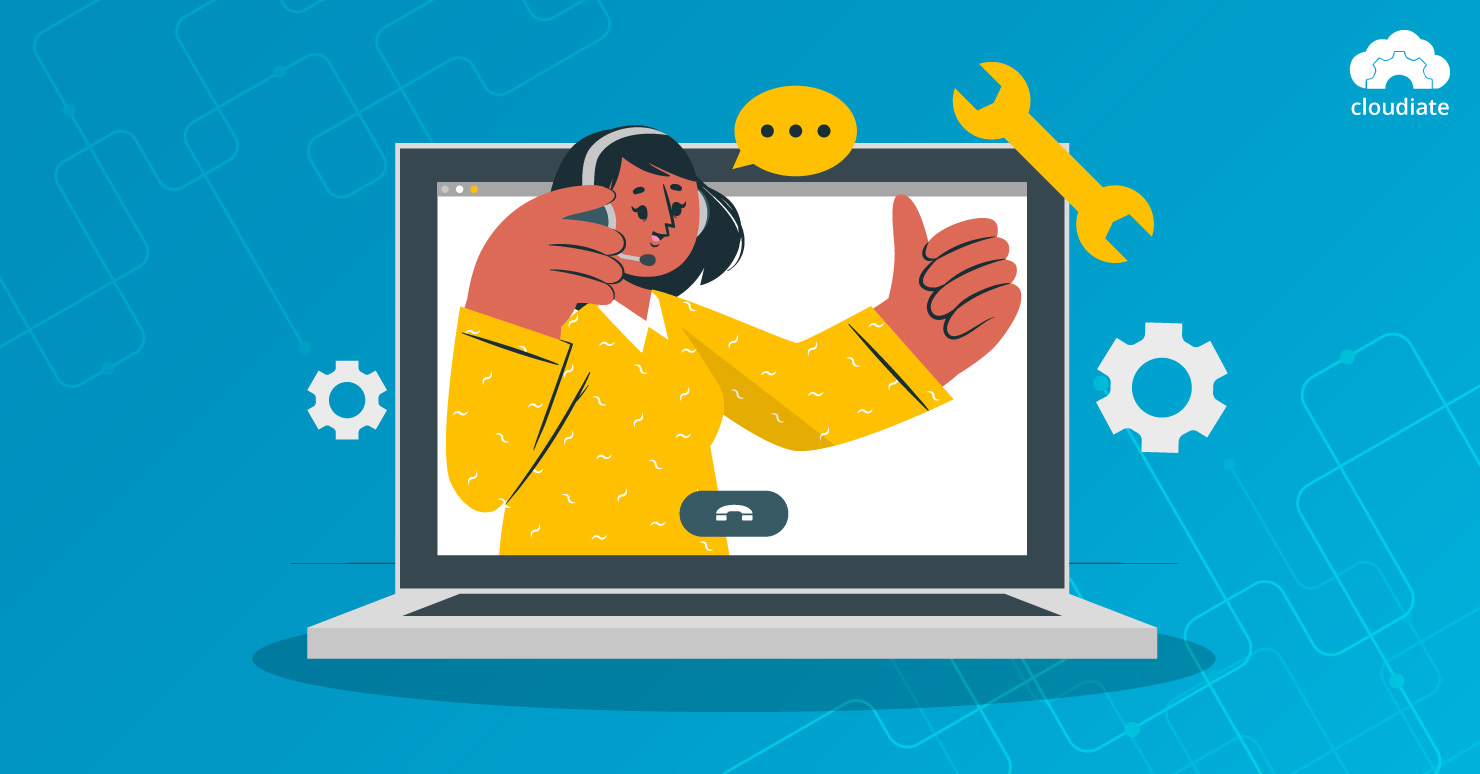A typical enterprise will have a combination of systems and applications that provide targeted solutions in different business areas. A successful enterprise, however, will already have integrated these systems and applications or will have an active plan of integrating them. Logically speaking, Salesforce Sales Cloud, Service Cloud, Marketing Cloud will be at the center of the application landscape – simply because these are where customer touchpoints happen.
Integrations projects are no cakewalk. There are many challenges you may face and some opportunities that you may capitalise when integrating Salesforce with your enterprise systems and applications.
6 Key Challenges and Opportunities in Salesforce Integration Projects
1. Integrate or Replace.
A typical enterprise IT landscape would consist of back end and front end homegrown systems, legacy systems, proprietary third party systems, middlewares, various databases, HRM systems, Order processing systems, financial systems, ERP systems and EDI based systems.
A fair amount of monetary and non-monetary investment has already been made in these systems. Keeping the status quo may mean the best use of the IT budget but what is often overlooked are opportunities and business benefits that the enterprise can take advantage of by using alternate products available on the Salesforce AppExchange – that can easily replace these dated systems and applications and in many cases are more cost-effective and more reliable than the older systems. Enterprises should honestly question – if good money is thrown at bad money.
When homegrown systems are modern and built for purposes, when they are cleverly architected to increase competitive advantage then integrations with Salesforce is a clear choice.
2. APIs or RPA

Do the systems and applications in the IT landscape have APIs? API stands for Application Programming Interface. It is a set of functions and procedures that allow one application to access the features of another application.
The Salesforce technical architect will keep the specifics of the system’s API in mind when starting with an integration. Are they built using RESTful architecture or the SOAP protocol? What is the authentication method used, how many JSON and XML will have to be parsed?
RPA stands for Robotic Process Automation. With RPA, you can automate processes when APIs are not yet available.
RPA it imitates the actions a person would take by automating repetitive, manual tasks like entering text and updating fields.
Salesforce has Automation Anywhere Plugin that connects with most RPA products. Leading RPA products like UIPath and Decision Engines have their own connectors developed specifically for Salesforce environments.
3. Keep Building.
An integration between two applications is not a one-off project. At the least, the integration needs to be kept working when either application goes through annual updates and upgrades. Salesforce releases updates to its platform three times a year (Spring, Summer, Winter). A good Salesforce Consulting Partner and Development vendor will advise you on these releases and their impact on existing integrations.
Successful enterprises constantly keep optimising, improving and expanding their integrations. Think of integrations like highways and freeways – improve the existing ones and build new ones.
4. Take Small and Sure Steps
For starters, it is important to thoroughly understand the scope of these integration projects. Clearly define the objectives. Plan what will be built in each sprint. Build quickly and test thoroughly. It’s sensible to structure the project as a series of sprints lasting 8 to 12 weeks. In later sprints testing and QA efforts will increase substantially and may consume up to 40% of the budget.
5. Consider your clients’ wishes
80 percent of your business is with 20 percent of your customers and partners. Ask them for their wish list. Build a deeper and wider integration with the most promising relationships.
6. Client Support

Don’t forget that clients have Salesforce customisation that may break the integrations. Keep working with them till it works. Find a Salesforce Development partner that offers post-release customer support.
To conclude, tech-leaders must weigh their options carefully when integrating Salesforce with other systems and applications. An extensive analysis of the IT landscape, an elegant technical architecture, a clear plan with well-defined chunks of deliverables, and an expert Salesforce consulting and development partner with integration experience are some of the critical steps of the project.
A lot of human and monetary resources go into conducting such crucial projects. Our highly experienced consultants and developers at Cloudiate will ensure that you will achieve your integration goals.
Feel free to reach out to us for any advice on Salesforce Integrations. You can also contact us at info@cloudiate.com.


